Long Voyage Home, The (1940)
“When a man goes to sea, he ought to give up thinking about things on shore.”
|
Synopsis: |
|
Genres, Themes, Actors, and Directors:
Review: Most compelling is the mysterious tale of Hunter’s “Smitty”, who is seen attempting to flee the ship after being told none of the sailors can leave due to secrecy issues with ammunition being on board. We can tell he’s distressed and distracted, but don’t understand why — until his shipmates concoct an elaborate rationale for his behavior and trap him into confessing his story. The other primary tale is that of Ole (Wayne), a genial Swede who is merely on the periphery of proceedings for most of the film, but by the end becomes the storyline’s symbolic (and literal) chance for another life; we’re kept in painful suspense about how his travails will turn out. Gregg Toland’s cinematography is the true star of the show, however. Those interested in his work will most certainly want to check this film out. Note: Ford and Wayne’s other (post-war) collaborative efforts are all listed or reviewed in Peary’s book; in chronological order, they are: They Were Expendable (1945), Fort Apache (1948), 3 Godfathers (1948), She Wore a Yellow Ribbon (1949), Rio Grande (1950), The Quiet Man (1952), The Searchers (1956), The Wings of Eagles (1957), The Horse Soldiers (1959), The Man Who Shot Liberty Valance (1962), How the West Was Won (1962), and Donovan’s Reef (1963). Notable Performances, Qualities, and Moments: Must See? Links: |
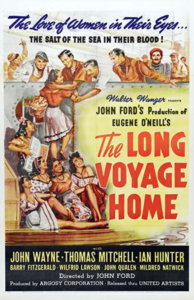
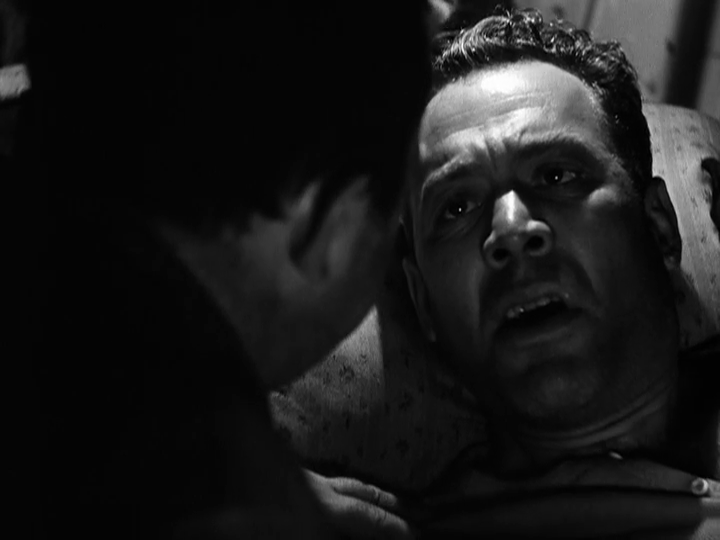
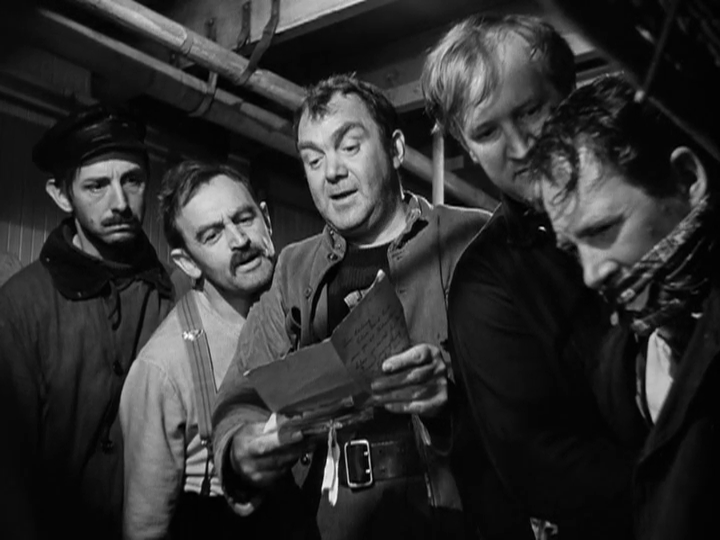


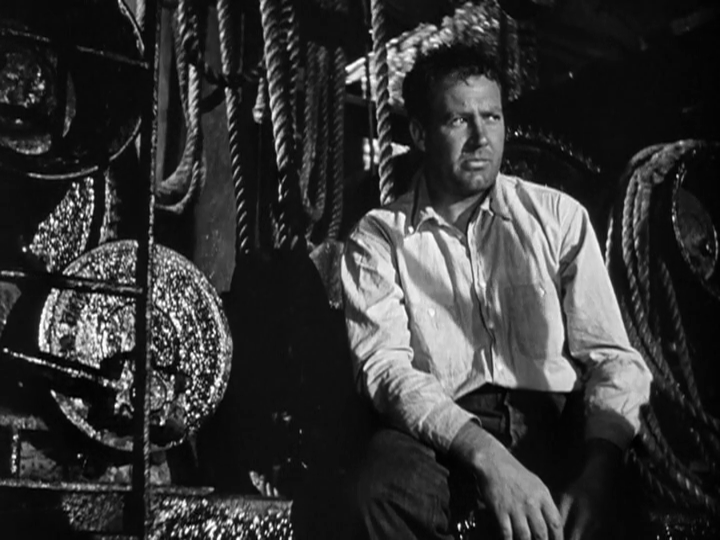
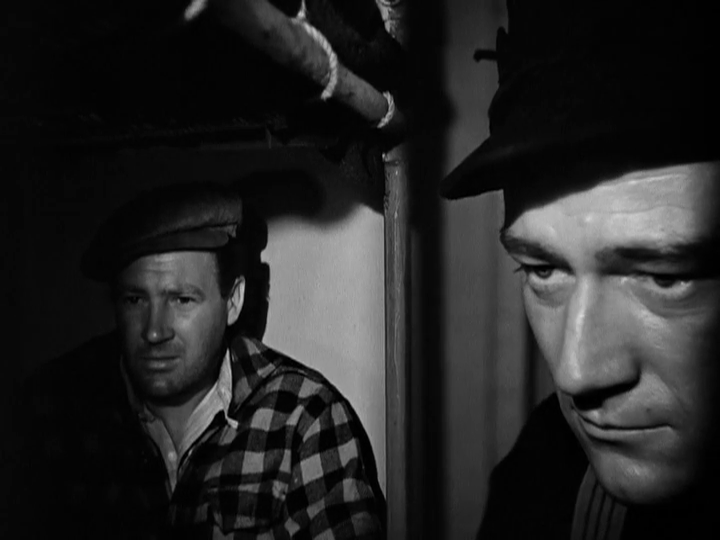
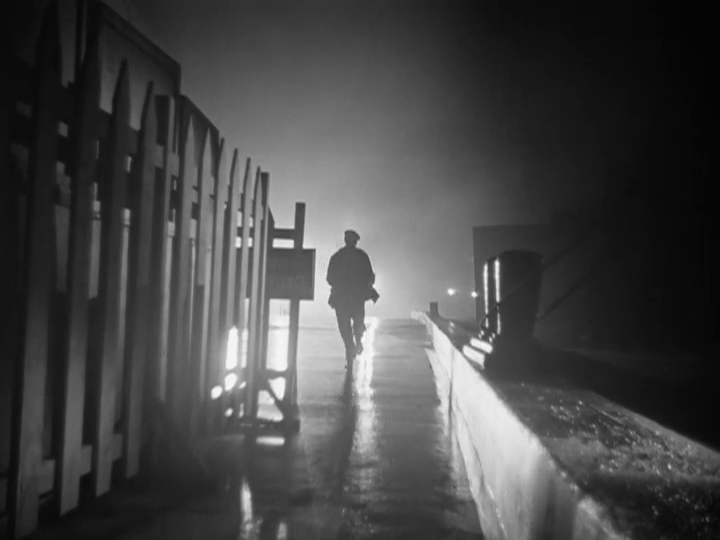

One thought on “Long Voyage Home, The (1940)”
A once-must, as an all-round ‘good show’ by a master director. As per my 11/25/18 post in ‘The ’40s-’50s in Film’ (fb):
“Was he ever open with us – like a good shipmate?”
‘The Long Voyage Home’ (1940): One of John Ford’s less-talked-about films, ‘TLVH’ was not a box office hit. ~and, as we all know, a ‘bomb’ can translate as ‘a damn fine film’. The two-fold reason given for its lack of success is its dark subject matter… and, of course, no love story. (Although quite a few Ford films are somehow dark-natured, love stories did not interest him much; ‘The Quiet Man’ was a rare exception.)
Eugene O’Neill – who wrote the four short plays that were combined by screenwriter Dudley Nichols – praised the film, calling it a “grand, deeply moving and beautiful piece of work… a great picture.” Though it has elements of a plot (a steamer’s peripheral involvement in WWII; suspected betrayal on-board ship), the film is mostly episodic in tone – and the emphasis is on the relationships shared by the crew of the SS Glencairn – men who have each other’s backs, as long as they show themselves as loyal to each other.
If there is no real ‘story’, there is nevertheless a strong cumulative effect… building to a final 20 minutes or so that cause a sort of unnerving tension to creep up your spine. Of special note here – providing the film with tons of atmosphere – is the sterling camerawork of DP Gregg Toland, who had just won an Oscar for ‘Wuthering Heights’… and, a year later. would make more genuine magic with ‘Citizen Kane’.